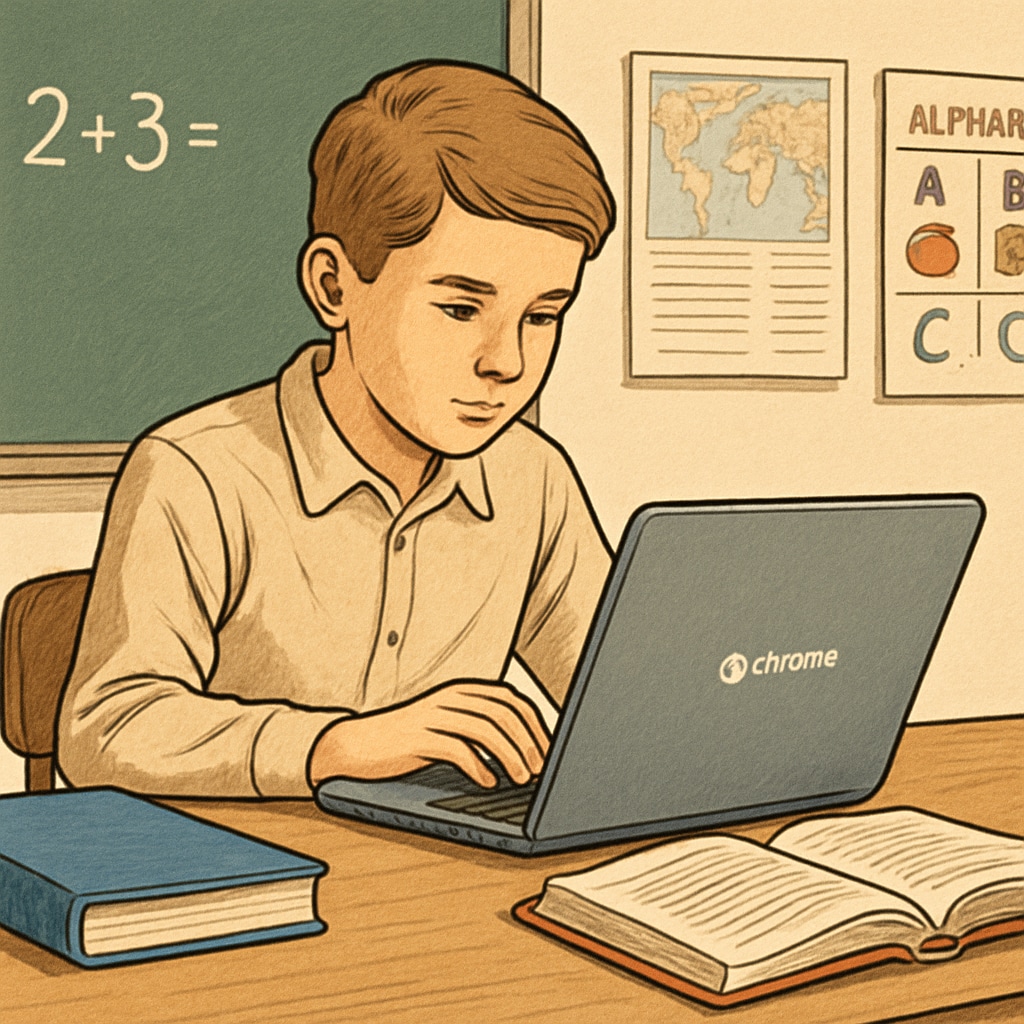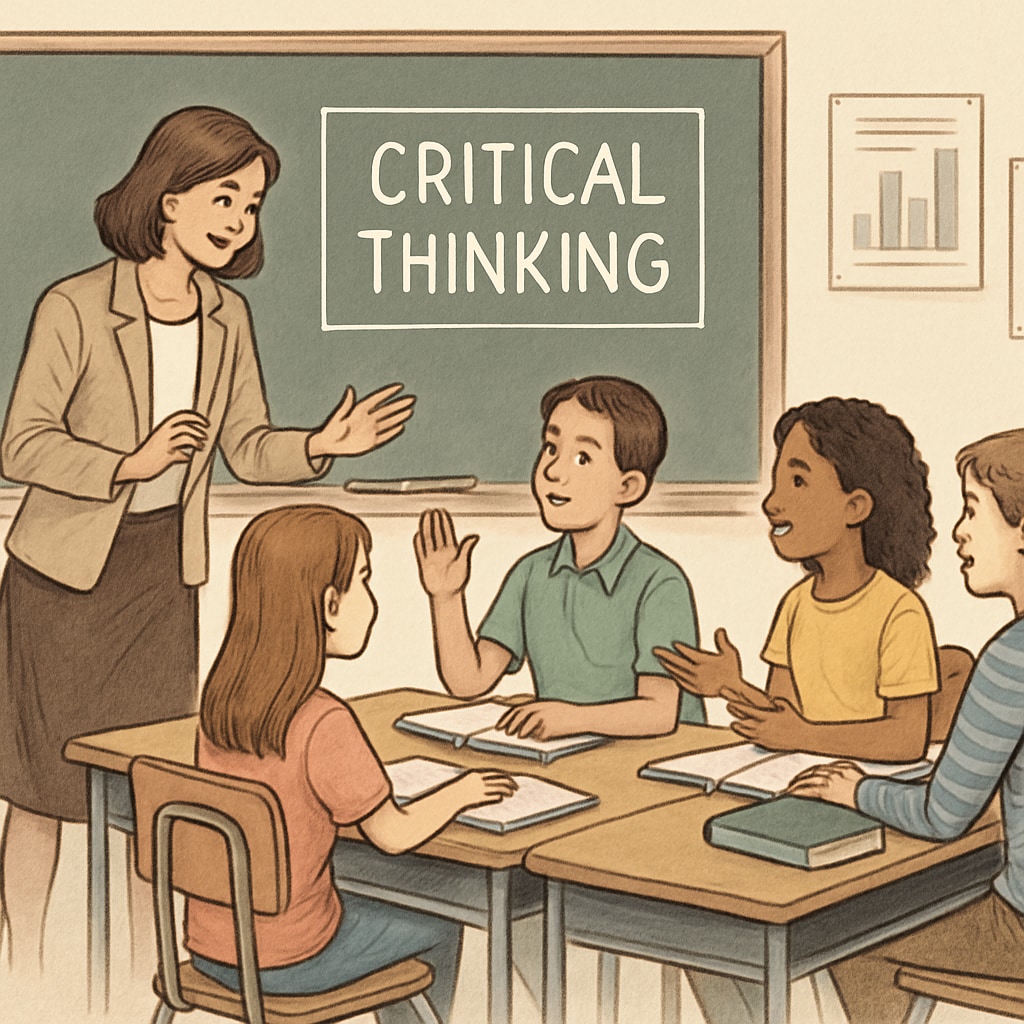In the age of digital classrooms, education technology (EdTech) tools like Chromebooks are rapidly transforming the landscape of K12 education. The integration of these tools promises increased efficiency, personalized learning, and streamlined teaching processes. However, does this emphasis on technological efficiency inadvertently come at the expense of critical thinking and independent exploration? As educators and policymakers embrace EdTech solutions, it is vital to examine whether these tools are fostering or hindering the development of essential cognitive skills.
The Rise of EdTech and Its Promises
Education technology has revolutionized classrooms by offering tools that allow for adaptive learning, immediate feedback, and increased accessibility. Platforms such as Google Classroom and devices like Chromebooks have become staples in modern education. These tools enable teachers to assign, track, and evaluate work more efficiently while providing students with a digital-first approach to learning.
For example, Chromebooks are lightweight, cost-effective, and user-friendly, making them an ideal choice for many schools. They allow instant access to a plethora of online resources and interactive content, which can cater to diverse learning needs. According to a report on educational technology, EdTech tools have shown promising results in improving learning outcomes, especially in subjects like math and reading. As a result, their adoption has become nearly universal in K12 classrooms across the globe.

The Downside: Are We Sacrificing Critical Thinking?
While the benefits of EdTech are undeniable, its over-reliance may unintentionally stifle critical thinking and problem-solving skills. Critical thinking requires students to analyze, evaluate, and synthesize information independently—a process that is often sidelined by the convenience of immediate answers provided by technology.
For instance, students using Chromebooks for research may rely heavily on search engines, which can encourage surface-level understanding rather than deep analysis. Additionally, the algorithm-driven nature of many EdTech platforms may limit exposure to diverse perspectives, further narrowing students’ ability to think critically. A study on critical thinking highlights that such skills are best developed through debate, discussion, and hands-on problem-solving—activities that may be overshadowed by digital tools.
Moreover, the structured nature of many EdTech programs often leaves little room for exploration. When learning paths are pre-determined by algorithms, students may miss the opportunity to question assumptions or pursue curiosity-driven inquiries.

Striking the Right Balance
To maximize the benefits of EdTech while mitigating its risks, educators must strive for a balanced approach. Here are some strategies to consider:
- Blend technology with traditional methods: Combine digital tools with activities that promote discussion, debate, and hands-on learning.
- Encourage questioning: Design assignments that require students to critically evaluate sources rather than passively consume information.
- Foster independent exploration: Allow students to pursue their interests and ask open-ended questions that challenge their thinking.
- Train teachers: Provide professional development to help educators integrate EdTech effectively without compromising critical thinking.
By striking this balance, schools can ensure that students benefit from the efficiency of EdTech without losing the cognitive skills that are essential for lifelong learning.
The Future of Education: Efficiency vs. Exploration
As education continues to evolve, the role of technology will only grow. However, it is imperative to remember that efficiency should not overshadow the ultimate goal of education: to develop well-rounded, critical thinkers who can navigate complex challenges. Chromebooks and other EdTech tools are valuable assets, but their use must be guided by thoughtful pedagogy that prioritizes both cognitive development and technological proficiency.
In conclusion, while EdTech has the potential to transform education, its integration must be approached with caution. By fostering a culture of critical thinking alongside technological innovation, educators can create a learning environment that truly prepares students for the future.
Readability guidance: This article uses short paragraphs, concise sentences, and clear transitions to ensure accessibility. Strategies and examples are provided to support key points, maintaining a balance between technical insights and readability.


